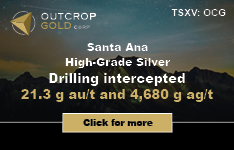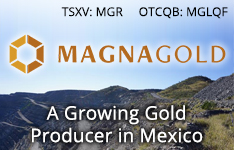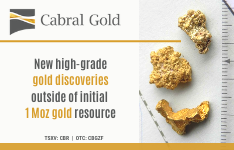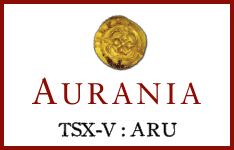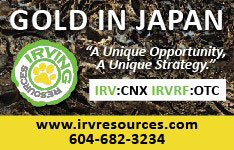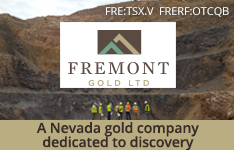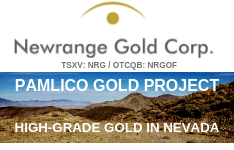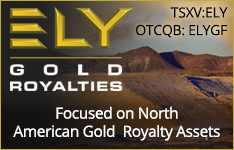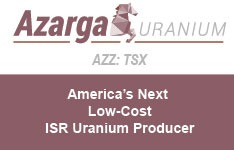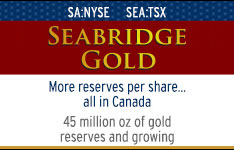Study Shows Moon's Soil Contains Silver
Source: AFP (10/21/10)
"Trace amounts found not only of silver, but also gold."
Lunar soil is richer than previously thought, with traces of silver among the complex mix of elements and compounds found within one of the moon's craters, according to a study published on Thursday.
Researchers at Brown University who analyzed particles of lunar dust kicked up by a NASA-engineered collision last year found a surprisingly rich mixture that, in addition to the silver, included water and compounds such as hydroxyl, carbon monoxide, carbon dioxide, ammonia, and free sodium.
"This place looks like it's a treasure chest of elements, of compounds that have been released all over the moon, and they've been put in this bucket in the permanent shadows," said Brown University geologist Peter Schultz, lead author of the paper appearing in the October 22 edition of the journal, Science.
The lunar particles were kicked up when a NASA rocket slammed into the moon last year, allowing scientists to learn about the composition of the lunar soil at the poles that has never been sampled.
The findings were from NASA's Lunar CRater Observing and Sensing Satellite, or LCROSS mission, a $US79 million ($A80.25 million) experiment in which the US space agency sent the emptied upper stage of a rocket crashing into the Cabeus crater near the Moon's south pole.
The rocket slammed into the crater around 9000kph, sending aloft a huge plume of material from the bottom of the crater that had been untouched by sunlight for billions of years.
Decades ago, Schultz already had found not just trace amounts of silver, but also gold, on the near-side (earth-facing side) of the moon.
The discovery of silver at Cabeus crater suggests silver atoms throughout the moon have migrated to the poles.
But the relatively meager silver concentration detected at Cabeus "doesn't mean we can go mining for it", Schultz said.
Researchers at Brown University who analyzed particles of lunar dust kicked up by a NASA-engineered collision last year found a surprisingly rich mixture that, in addition to the silver, included water and compounds such as hydroxyl, carbon monoxide, carbon dioxide, ammonia, and free sodium.
"This place looks like it's a treasure chest of elements, of compounds that have been released all over the moon, and they've been put in this bucket in the permanent shadows," said Brown University geologist Peter Schultz, lead author of the paper appearing in the October 22 edition of the journal, Science.
The lunar particles were kicked up when a NASA rocket slammed into the moon last year, allowing scientists to learn about the composition of the lunar soil at the poles that has never been sampled.
The findings were from NASA's Lunar CRater Observing and Sensing Satellite, or LCROSS mission, a $US79 million ($A80.25 million) experiment in which the US space agency sent the emptied upper stage of a rocket crashing into the Cabeus crater near the Moon's south pole.
The rocket slammed into the crater around 9000kph, sending aloft a huge plume of material from the bottom of the crater that had been untouched by sunlight for billions of years.
Decades ago, Schultz already had found not just trace amounts of silver, but also gold, on the near-side (earth-facing side) of the moon.
The discovery of silver at Cabeus crater suggests silver atoms throughout the moon have migrated to the poles.
But the relatively meager silver concentration detected at Cabeus "doesn't mean we can go mining for it", Schultz said.









